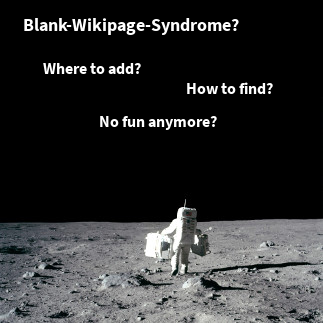Page and Space blueprints are a great tool to structure information in Confluence. They support teams to create pages and spaces with focusing on the content, less on the structure, not on the layout. With this tool new pages and whole spaces can be created with wizards in very little time.
One great thing about blueprints is that they can be managed as add-ons. Teams can have their blueprints designed and maintained as versioned Maven projects. These add-ons can be easily shared by team working on different Confluence instances. Unfortunately creating new blueprints takes quiet some time. And the work is often not very rewarding since a little misspelling can require some minutes in getting it right. Error messages are not the API's strong suite.
After about two year of writing a number of blueprints for the projectdoc Toolbox, we finally came to the conclusion that we need to have some tool support to write blueprints. We want to come to the point where writing blueprints and create new add-ons with blueprint sets is no longer a great deal.






